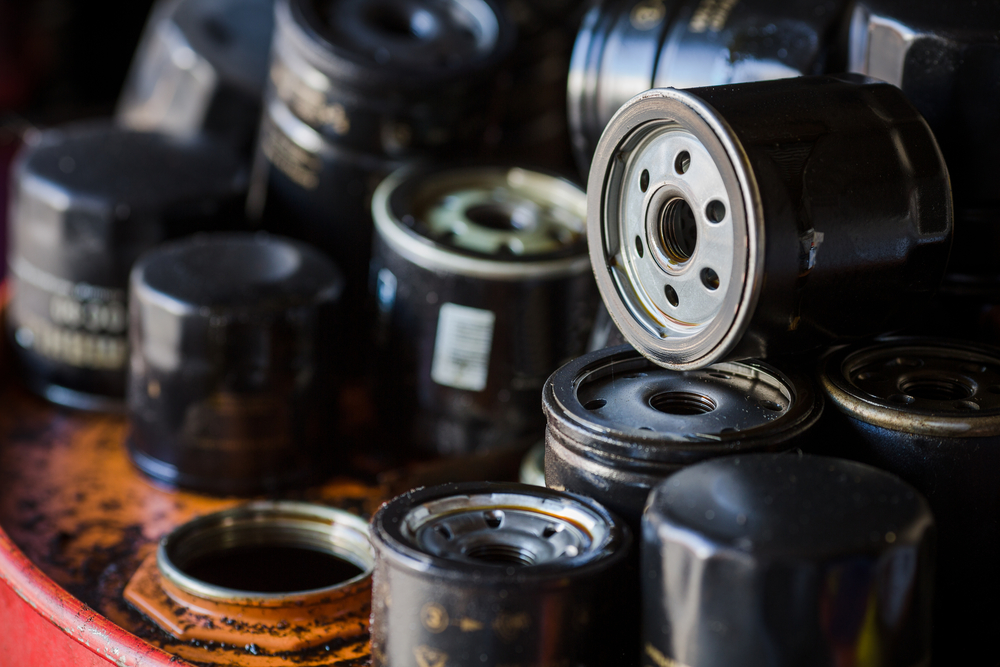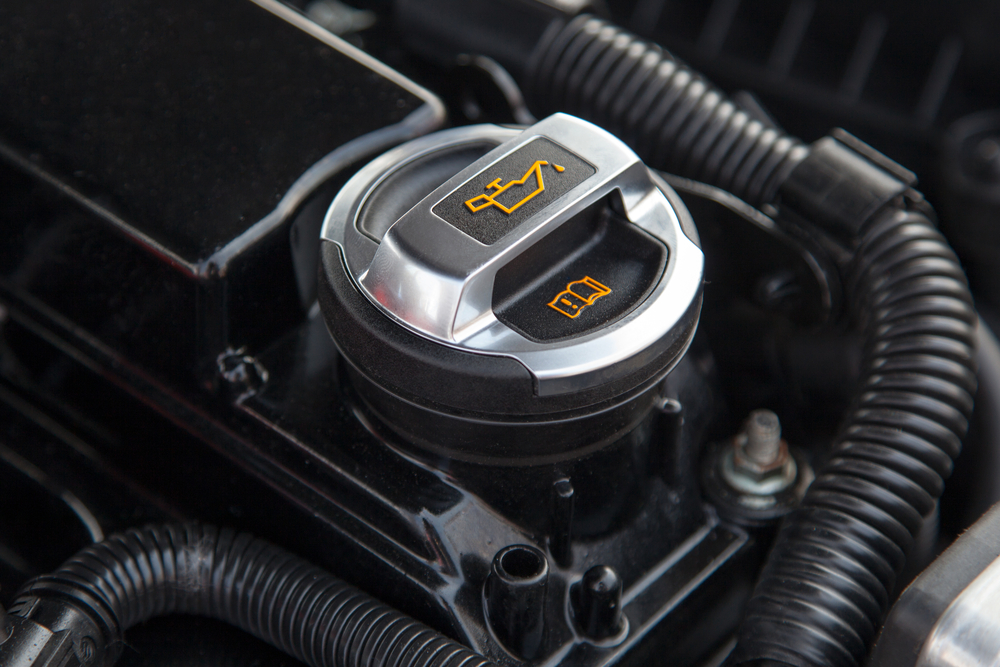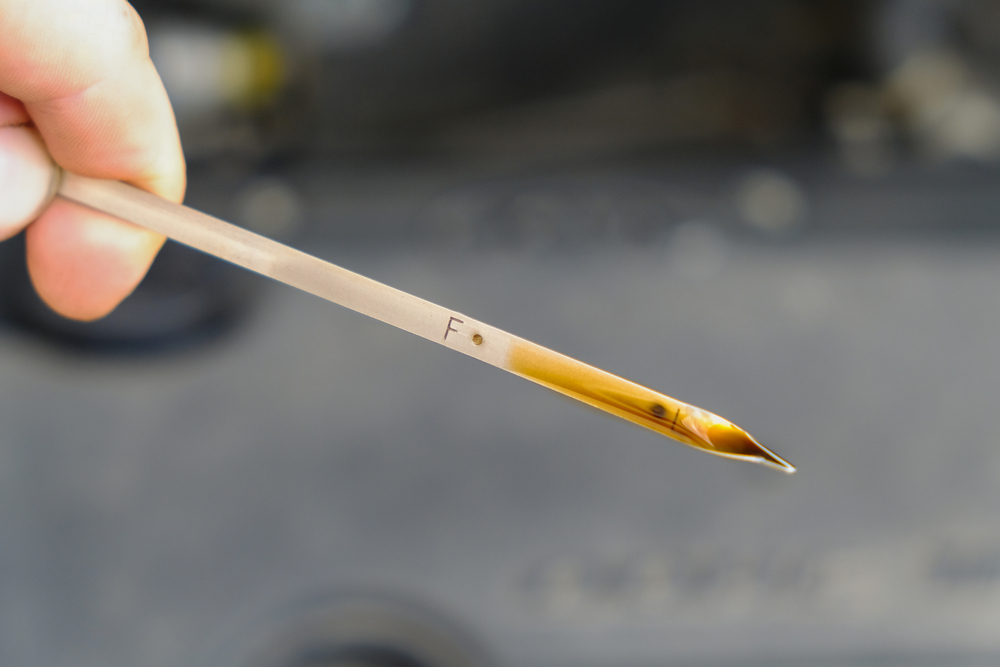
You may have heard this by now, but changing the engine oil and filter in your car is the single most important thing if you want your engine to be reliable. This is something that even our parents knew. Everyone that has ever driven a car that is.
But, why is it so essential to change the oil in the first place? And more importantly, how often to change the engine oil and filter? We will try to answer these questions down below, together with other frequently asked questions regarding this subject.
Why engine oil and filter are vital to the proper functioning of the engine?
Before we do that though, why not start with some explanation on engine oil and its role in your engine? First of all, if you didn’t already know this, the motor can’t work without engine oil. Gasoline (or diesel) for power and oil for lubrication – that’s the basis. Starve your engine from one of those things, and it will simply stop working. That said while depleting the gasoline fully won’t do damage to your engine, depleting the oil might destroy it.
The engine oil is there to lubricate all the metallic components inside the motor. Things like piston rings and bearings will not work for long without proper lubrication. These parts are exposed to very high temperature, pressure and friction pretty much all of the time. If there were no oil in your engine, those circumstances would render the parts unusable before you leave your driveway.

In other words, the oil lubricates these parts to limit friction. By doing this, it helps them run more efficiently and last for (much) longer. It also helps to lower the temperature by transferring the heat evenly throughout the engine. Lastly, the engine oil also helps the combustion chamber work with better efficiency by keeping pressures high.
But, what about the oil filter and why this part is equally as important as the oil? Well, the motor is not the cleanest thing in the world – it burns gasoline. Burning fossil fuels has its downsides, and one of them is producing a lot of contaminants. Some of them finish in the air we breathe, while others land inside the engine. More precisely, the oil takes care of washing all parts from dirt. Apart from the combustion process, the motor produces dirt by friction between metallic parts. The air that gets inside the engine is also not 100% clean.
And while it’s great that the oil takes care of cleaning these things, the downside is that it loses its lubrication properties. An oil full of dirt and metallic parts can be even dangerous to your engine and some elements like bearings. This is where the filter comes in – it purifies the oil. And it does that all of the time. That’s why using bad (or old) filter might be equally bad as not using engine oil at all.
Checking your oil level regularly is also essential. The engine should always run with the highest possible amount of oil at all times. Otherwise, some parts inside the engine may not get the proper lubrication and get damaged in the long run. Keeping a bottle of oil in your trunk might be a great idea.

How often should you change your engine oil and filter?
It’s always recommended to follow the recommendations of the vehicle manufacturer. However, oil manufacturers made significant advancements in the previous decade. In other words, if you have an older vehicle, you may drive a bit longer between oil change. The general rule of thumb is that you should drive around 7,500-miles between oil change. If you have an older car, you might want to replace the oil in the interval of 5,000-6,000 miles.
As for the filter, it is recommended to replace it every time you change the oil. Modern filters are pretty good at cleansing the oil until they become clogged. When that happens, the oil completely bypasses the filter, and your engine will not get the proper lubrication. Do yourself a favor and replace the filter together with the oil – they’re dirt cheap these days. Otherwise, you risk damaging some parts inside the motor.
Other factors affect this, nonetheless. For example, if you mostly drive on gravel roads with your truck, we recommend changing the oil at shorter intervals. This is especially important for the filter, which can get clogged fast if the area where you drive is full of dirt and contaminants.

How often should I change my synthetic oil?
Some high-quality synthetic oils can work flawlessly for 10,000-miles and perhaps even more. These oils are cleaner and more refined than regular oils and have better lubrication properties. That said, a high-end synthetic oil may be costly and not worth for most people.
Semi-synthetic oil change interval
Semi-synthetic lubricants aren’t as clean as synthetic ones, but they are cheaper as well. We recommend using semi-synthetic oil if you own a car that’s older than a decade. They still do an excellent job of lubricating and protecting your engine. As for the interval, you should be good for 5,000-6,000 miles between change.
How often should you change your oil in months?
While mileage is more important when it comes to an oil change, time is essential too. Generally, car manufacturers recommend oil maintenance once every year. In other words, if you drive less than 7,500-miles annually, it is still recommended to change the oil and filter at least once per year.
How often to change the oil if I don't drive much?
That’s an interesting question. Most car owners think that if they don’t drive their vehicles, maintenance is not needed. However, that’s far from the truth. If you want to keep your engine in great shape, even if you cover zero miles annually, we still recommend changing the oil at least after 12-18 months. The reason for this is simple – like every other lubricant, the oil loses its potency over time. That said, if you covered less than 1000-miles annually, you might keep the filter, because it will probably be clean.

How many miles can you really go without an oil change?
We certainly don’t recommend doing that, but your car will still work even if you cross over the recommended interval. Some owners have reported driving for 30,000-40,000 miles between oil change without any issue. However, while problems may not pop up at the moment, the engine will certainly be less reliable in the future. Owners that neglect oil and filter change intervals may experience problems with the engine after 5-6 years. Fixing these issues can be very expensive, and often you may need to overhaul the whole engine.
How much is an oil change?
It all depends on the type of oil you use (synthetic vs. semi-synthetic), the type of filter (OEM vs. aftermarket), and where you change the oil (authorized service vs. multi-brand service). For example, if you change the oil and filter yourself, it can cost from $25 to $60 depending on the type of the vehicle (bigger engine = more oil) and the type of oil and filter.
If you don’t do this yourself, you’re looking at $60 to $100 due to added labor. Usually, authorized services are more expensive than multi-brand services, but they often offer discounts. More importantly, for new vehicle owners, the warranty is valid only if you maintain your car at an authorized service.
What is the best oil grade for my car?
The vehicle manufacturer specifies the best oil grade for your engine. You can find it in the owner’s manual or the dipstick where you check the oil level. Oil grade is a measure of the oil viscosity. In layman’s terms, the higher the viscosity, the less thin the oil becomes at higher temperatures.
However, oils that are very high in viscosity can become very dense in the winter – almost honey-like, which is certainly not wanted. To combat this, oil manufacturers produce multi-gradation oils. For example, SAE 10W-40 means that the oil is behaving like “10” (thinner) in the winter and “40” (thicker) in the summer.
